During the Pre-Master programme at Design Academy Eindhoven, I researched neglected/decayed spaces, their place in our environment and what we can learn from them, especially in dealing with a loss of control. When chaos starts to overrule our power to control, we usually leave. From that moment on, these places collapse, get overgrown and create a space where nature can reclaim. Fascinated by this “choice” of being in control or letting go, I looked into Gilles Clement’s Garden in Movement, where his motto was: “To do as much as possible with as little as possible.” Inspired by this philosophy, my exploration of decayed spaces continued beyond the lens.
Juliët Nijland
These spaces are carriers of a difficult relationship of being in control and letting go.
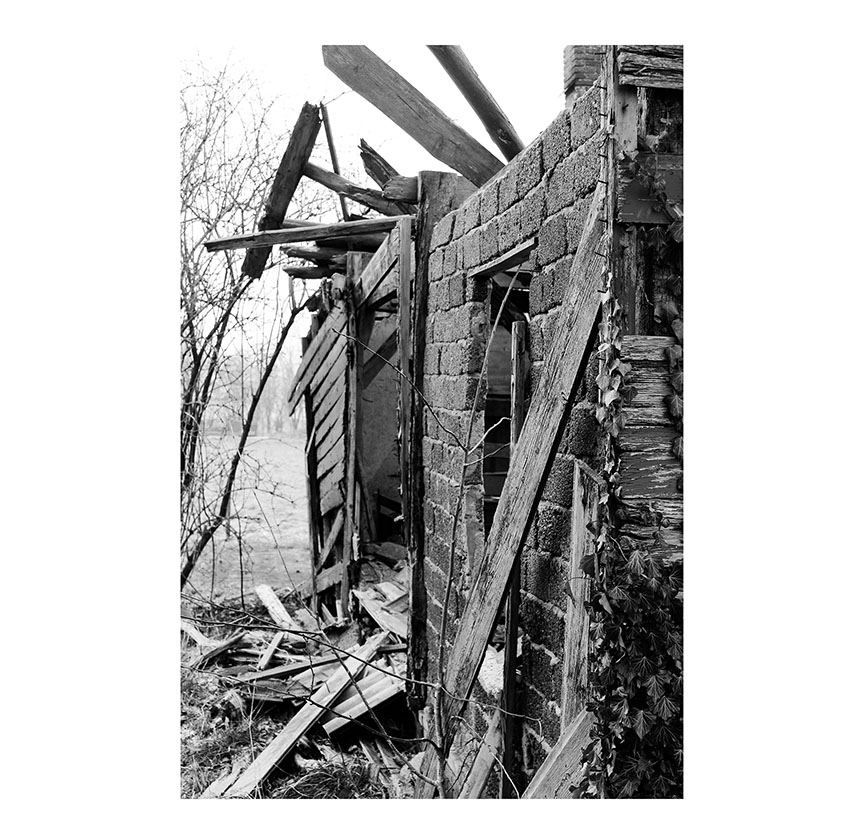
Juliët Nijland
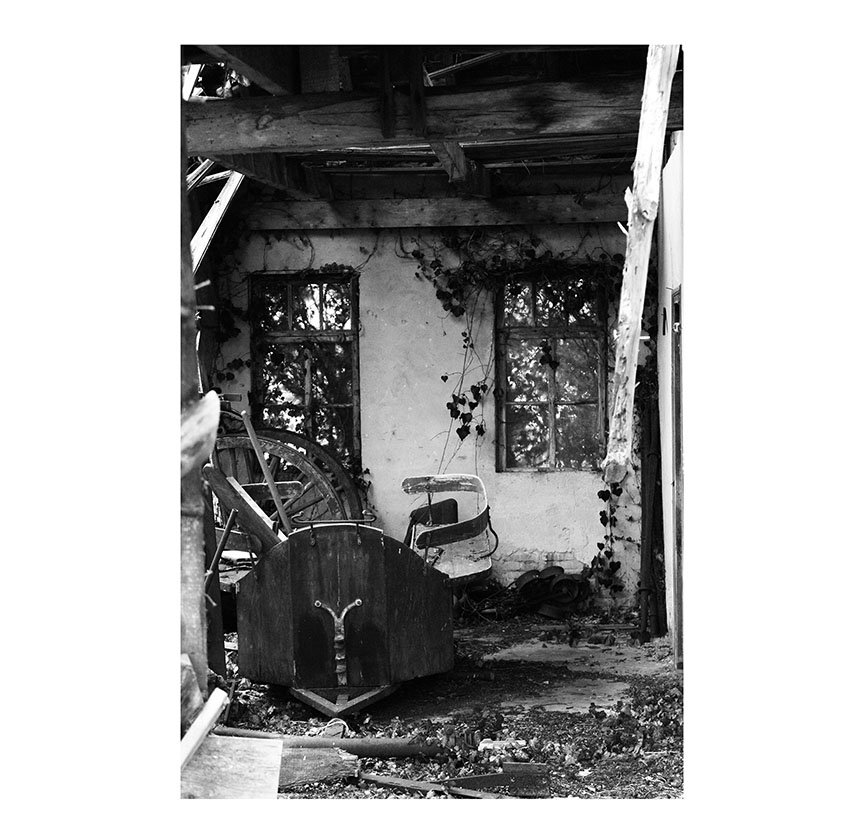
Juliët Nijland
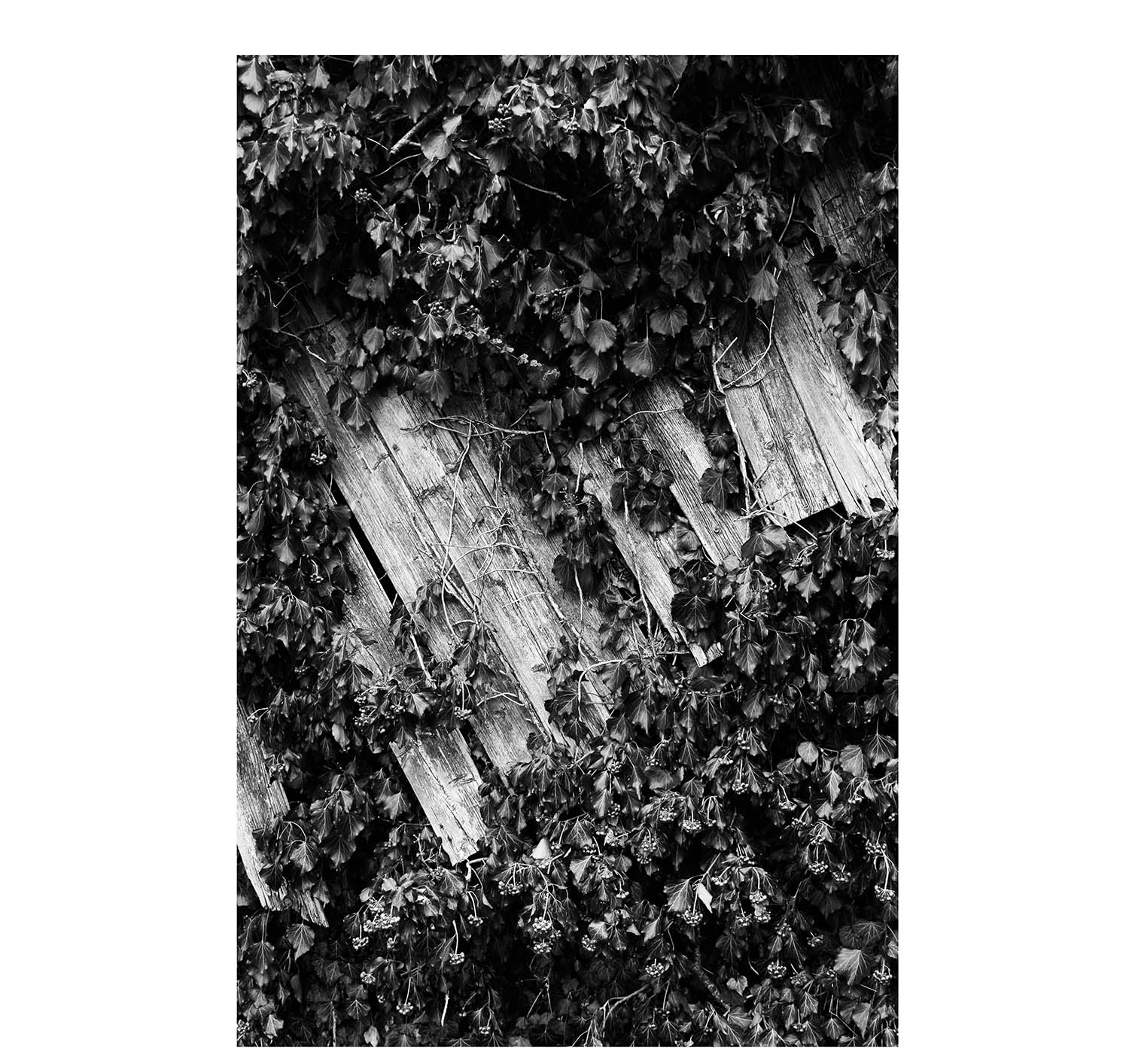
Juliët Nijland
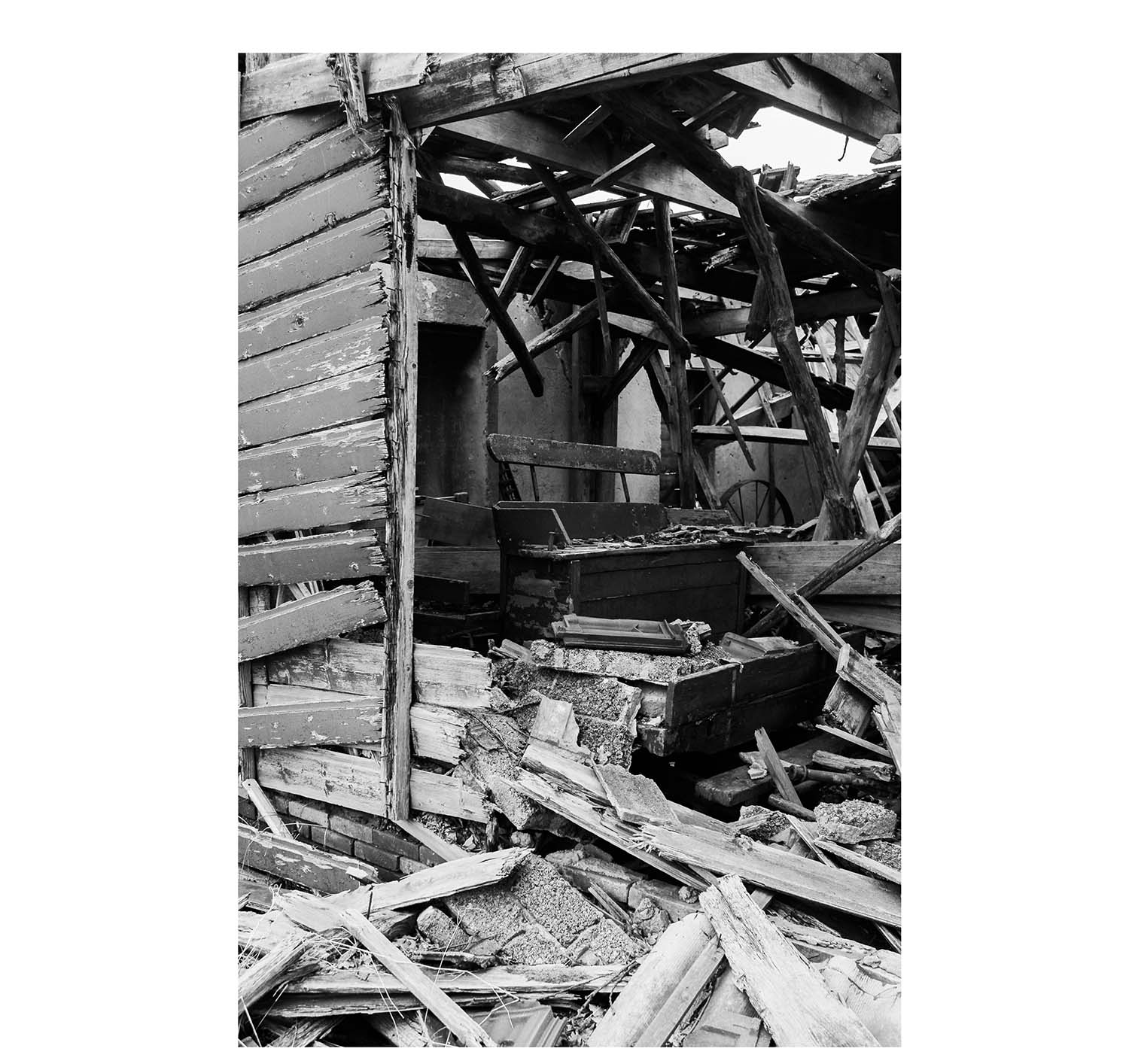
Juliët Nijland
The questions that arose from this (visual) research are: Is ignorance bliss?” Does our loss of control create something beautifull after all, or does is need to be dealt with? Are we only appreciating things if we are actively looking? What does context do for things we normally don’t look at? How do we live together with spaces we don’t need/use anymore?
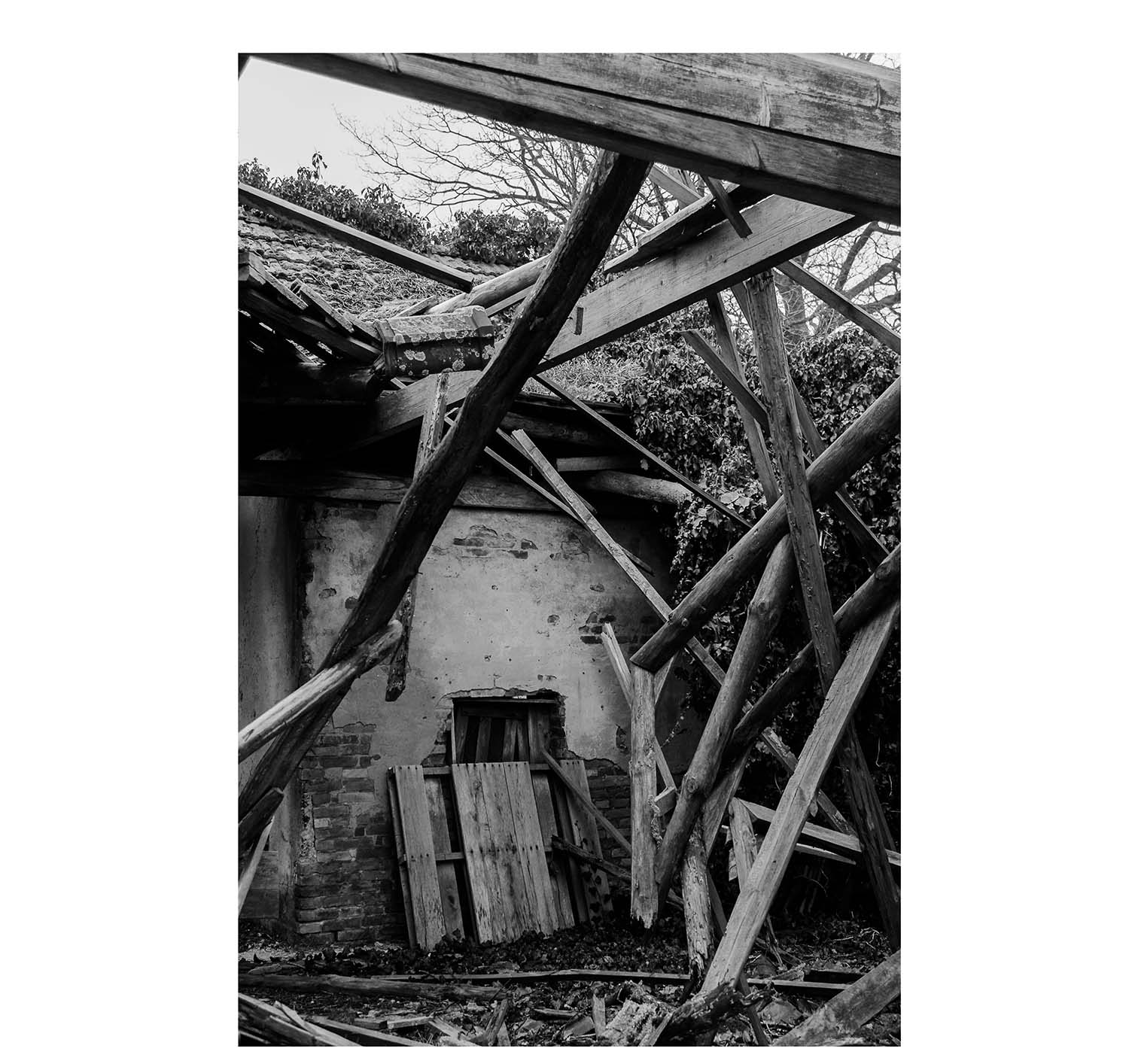
Juliët Nijland
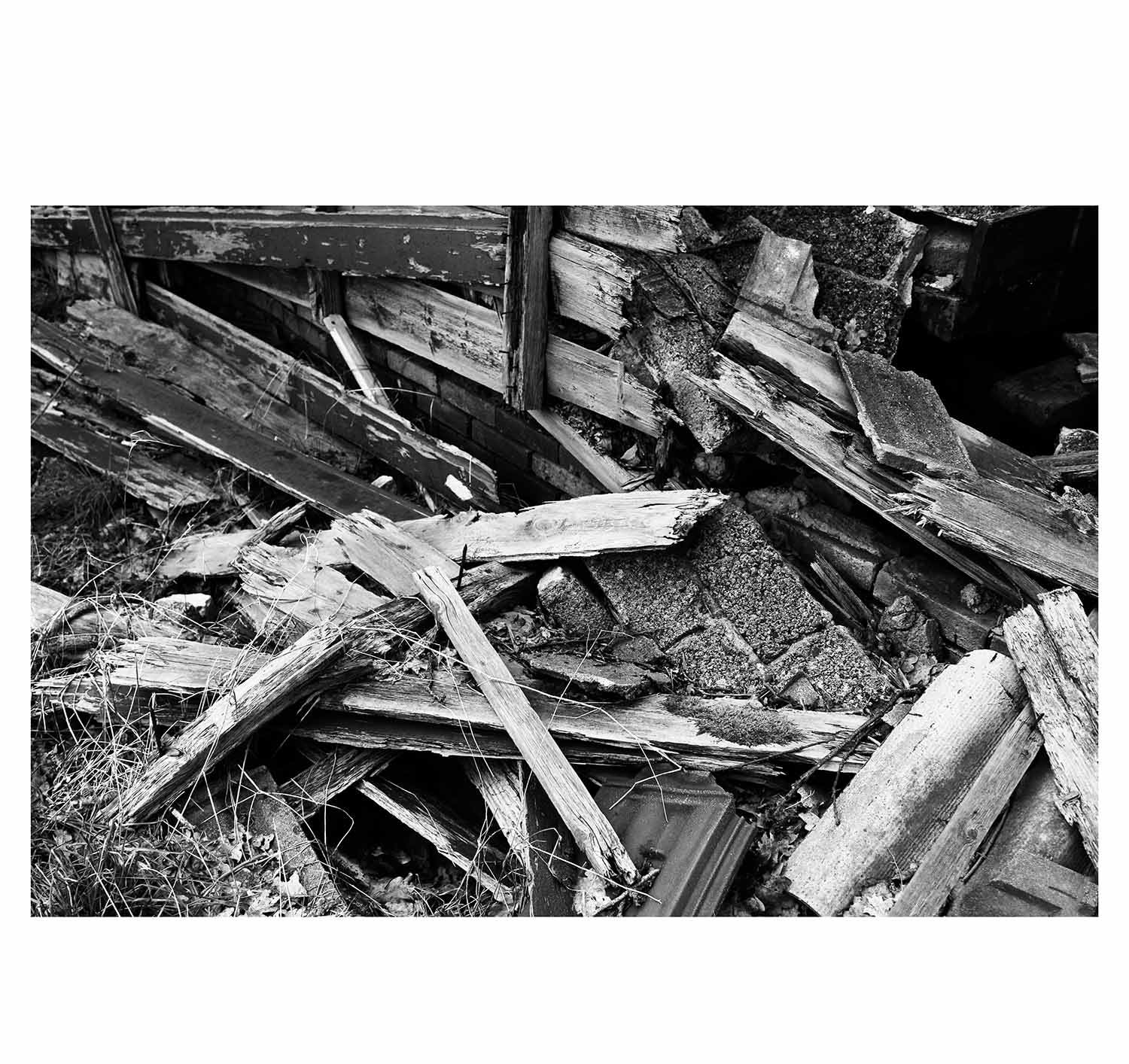
Juliët Nijland

Juliët Nijland
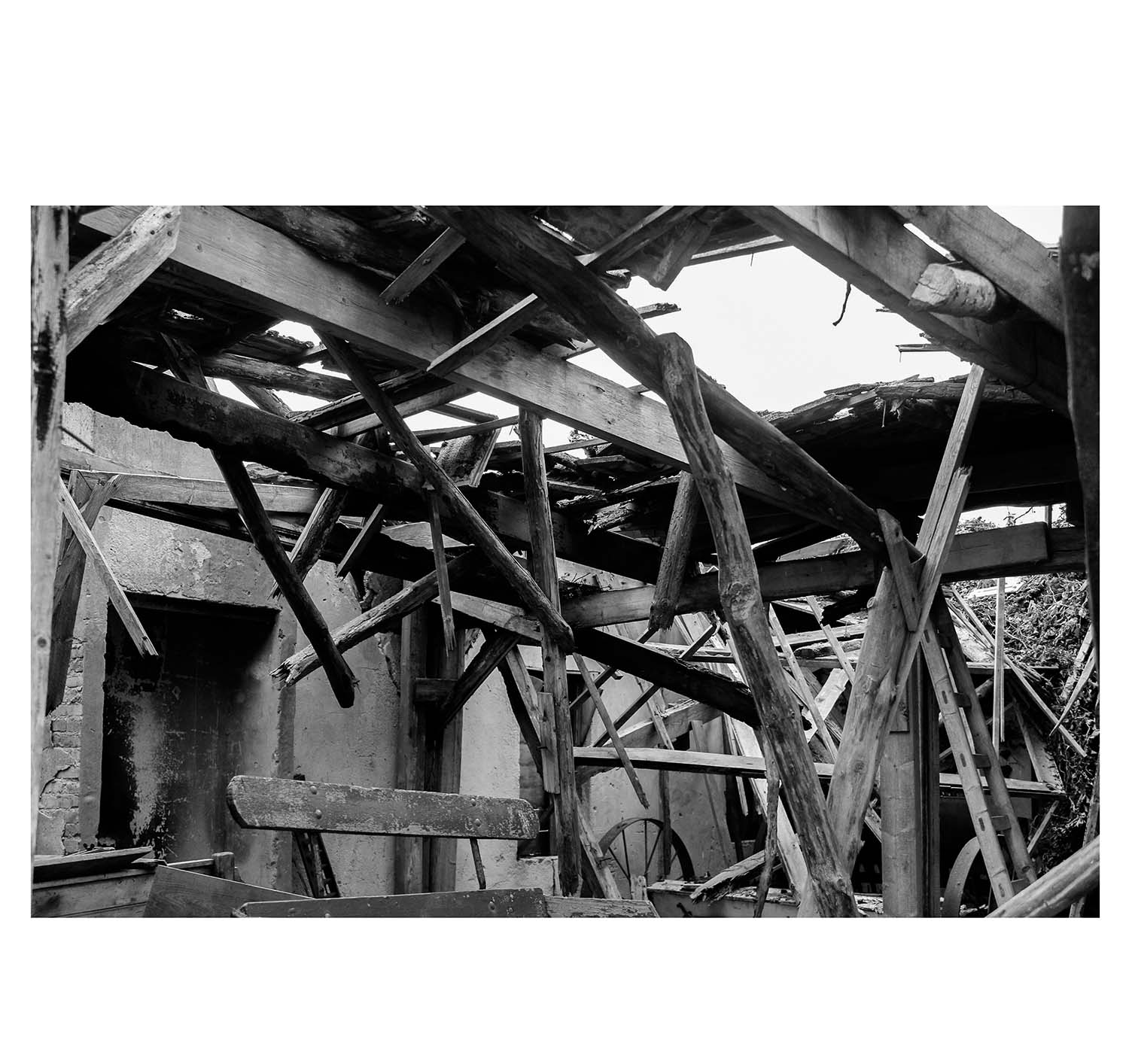
Juliët Nijland
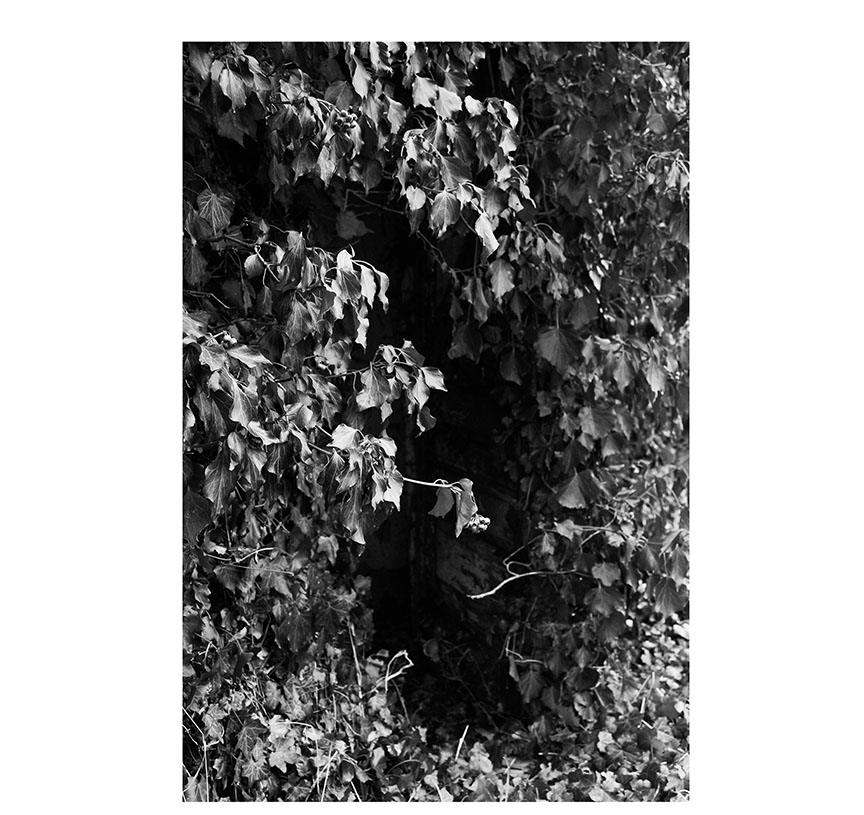
Juliët Nijland
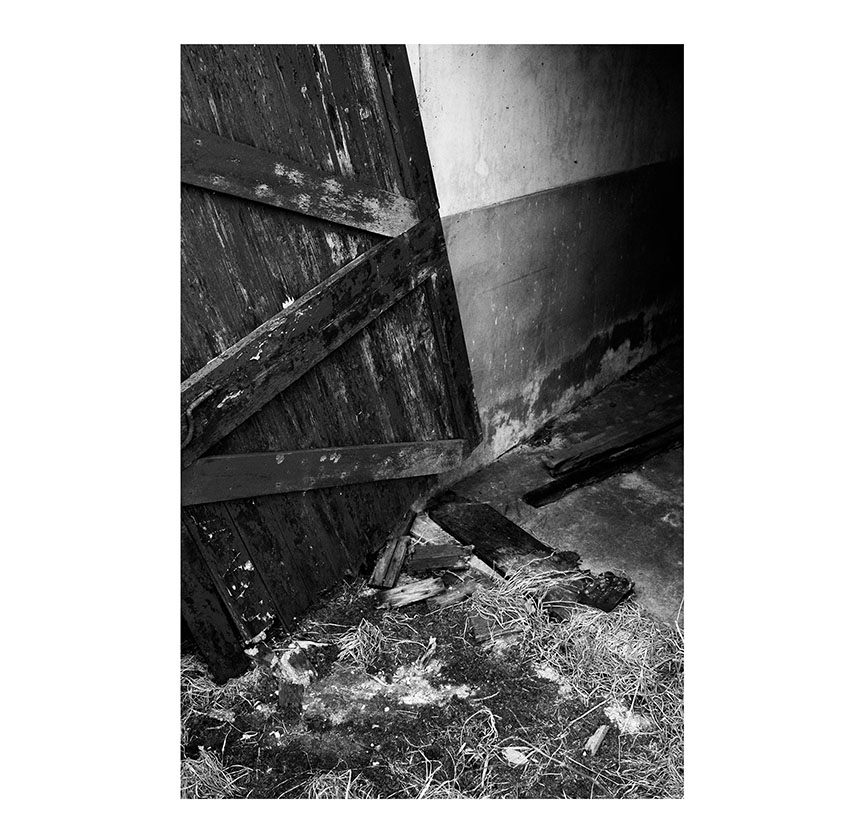
Juliët Nijland
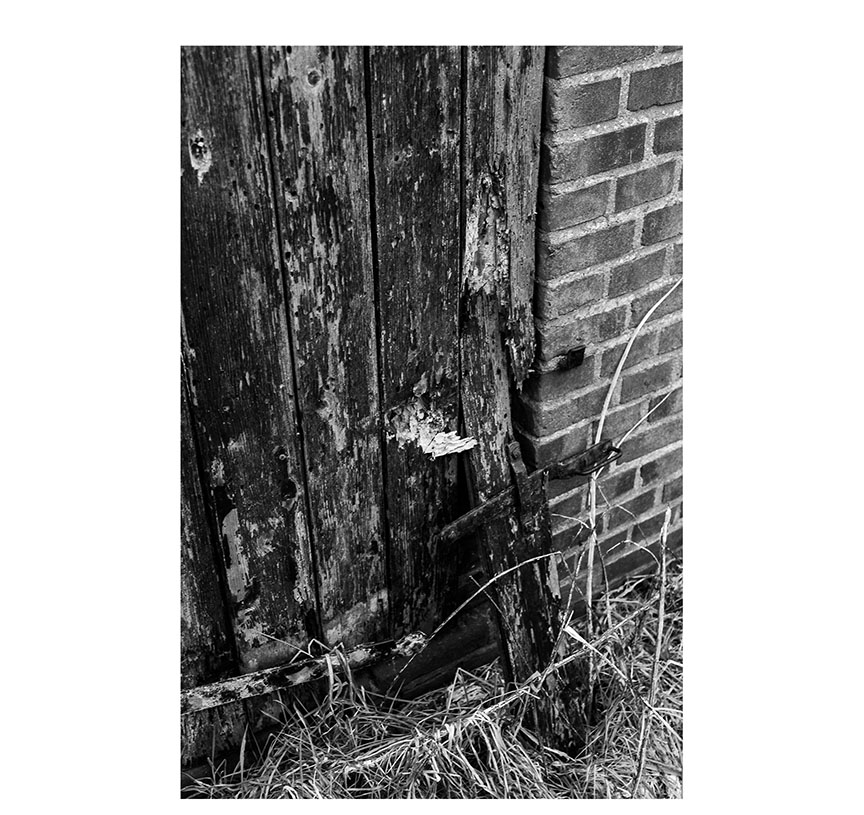
Juliët Nijland
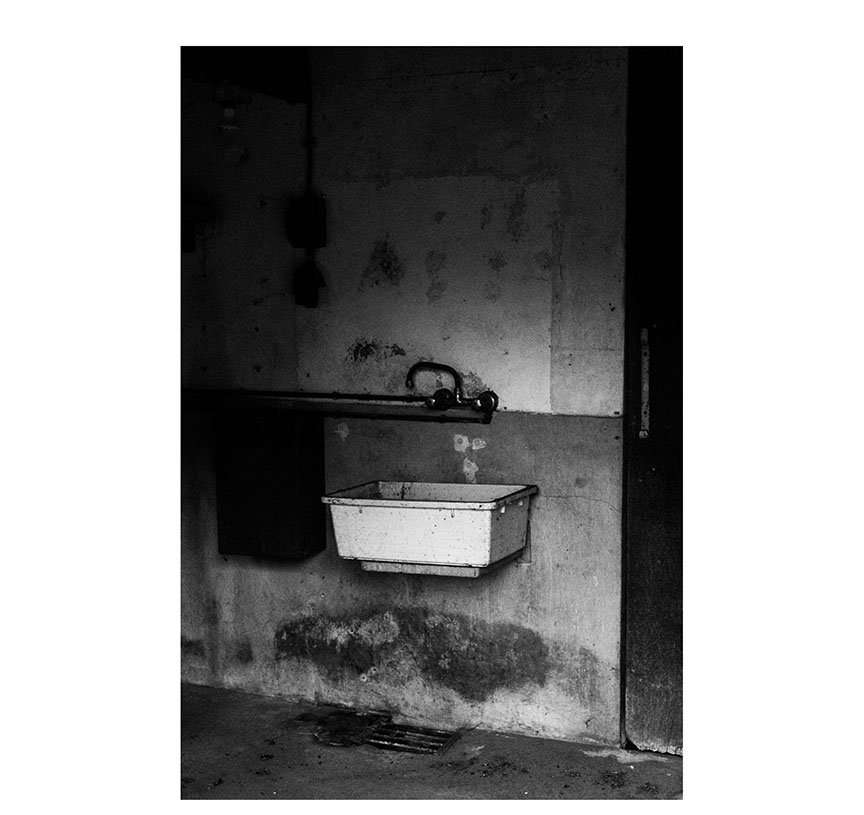
Juliët Nijland
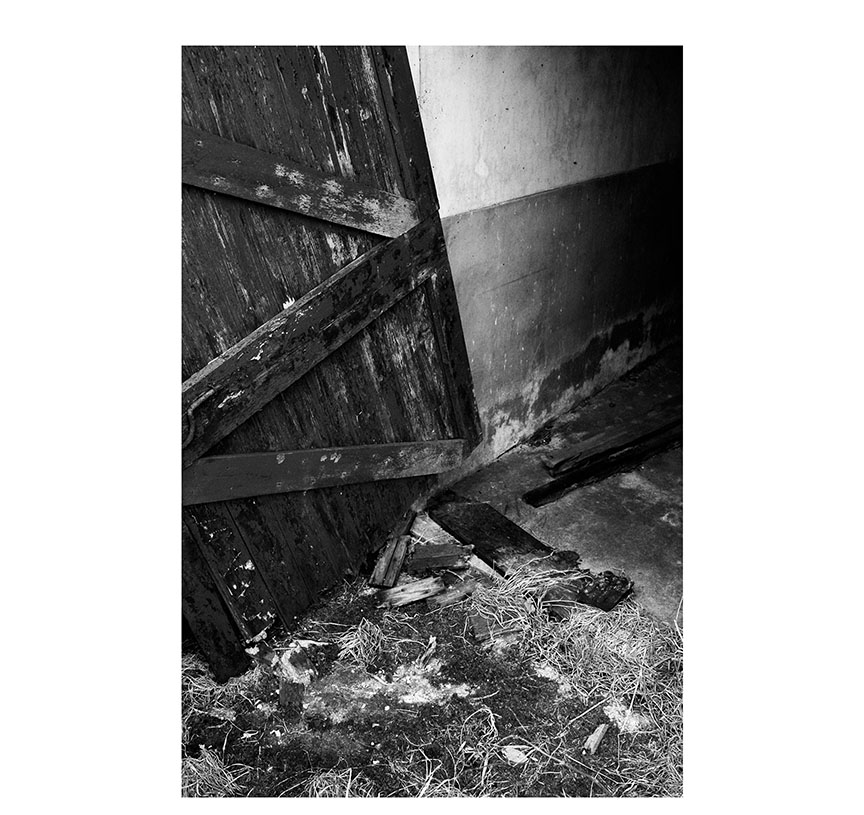
Juliët Nijland
I would like to further explore the difficult human relationship with being in control and letting go, and how I can do this more actively in designing.
